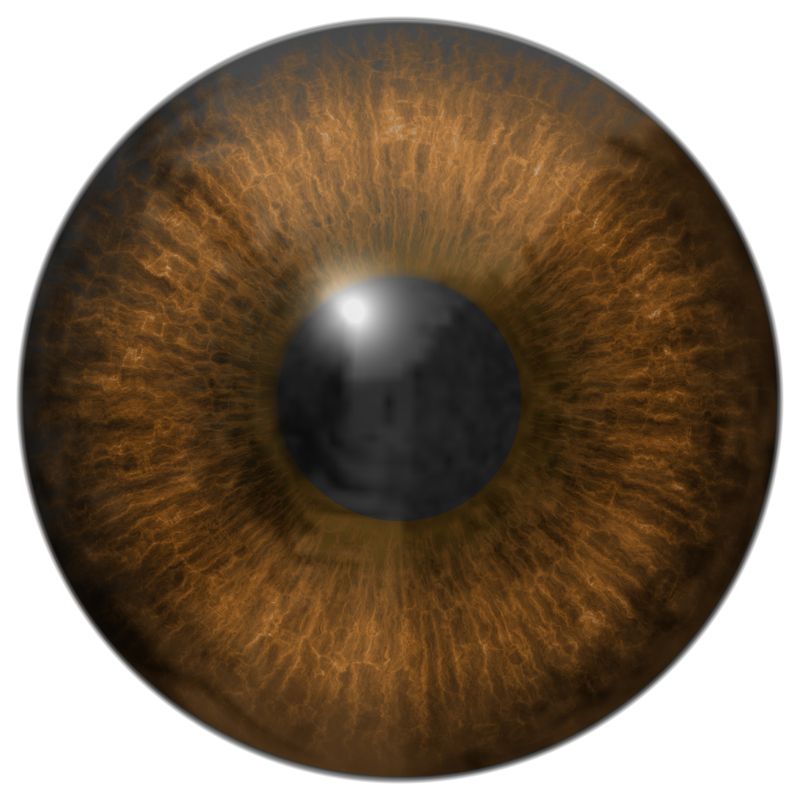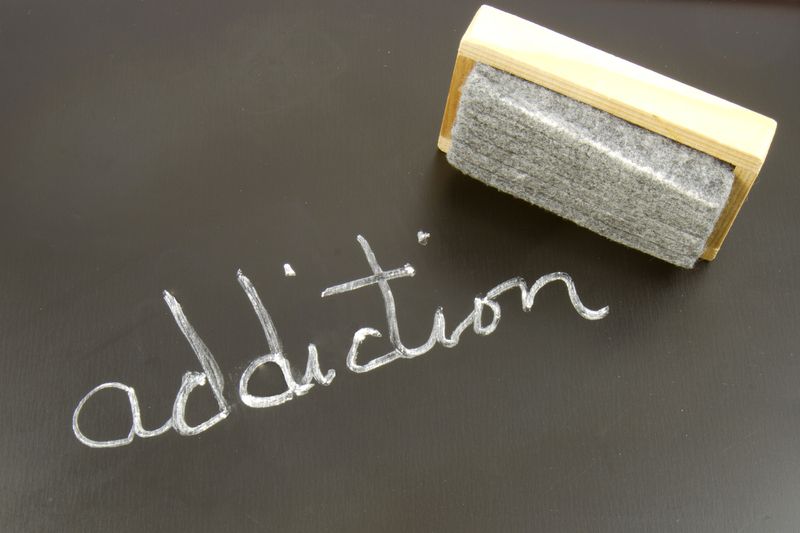
Does Eye Color Indicate Propensity for Substance Abuse? Are Blue Eyed Humans More Prone to Addiction Issues? Don’t It Make Your Brown Eyes Booze
There are few greater “truths of court” known and accepted within the legal system than:
A substantial amount, if not a majority, of poor decisions that lead to criminal charges are made during periods of impairment – Bill Powers
As a lawyer with a propensity to focus on scientific issues, I track different journals, studies, and assumptions regarding alcohol, alcoholism, substance abuse and treatment. There is always room to learn more.
An important part of my daily job is to help people through addictions and pattern substance abuse issues. We do so without judgment or criticism. If you know anything about addiction, you recognize the hard fact that only the individual can want to change and indeed effectuate that change.
As “Attorneys and Counselors at Law” we provide advice. We provide information. We provide guidance. We also provide referrals to programs; but, ultimately it is up to client to make the decision, “I want to quit X,” whatever “X” may be. It more often is a process than sudden change of direction.

So it was when I came across a series of articles regarding an apparent blue eye / brown eye discrepancy and substance abuse proclivities. Always one to enjoy a good pun, and to some extent showing my age, I came up with the title of this article: Don’t It Make Your Brown Eyes Booze.
Truth be told, assuming any level of scientific veracity to the supposition, it seems it would be more appropriate to ponder: Don’t Them Blue Eyes Make You Booze? On a purely anecdotal basis and thinking back on all the clients we have represented over the years, I cannot say I have noticed a trend with such specificity.
While a substantial amount of our practice involves DWI DUI Impaired Driving cases, it would be inappropriate to assume those clients had a higher propensity for substance abuse than someone charged with an Assault, Larceny, or Burglary. As previously stated, the vast majority of poor choices that result in criminal charges involve some level of impairment due to single and/or poly-substance-abuse issues.
Impaired Driving cases commonly involve the drug known as ethyl alcohol or ethanol, a central nervous system depressant. One can also be appreciably impaired by both illegal and legal substances other than alcohol under N.C.G.S. 20-138.1.
While we (the system) do not adequately track the metrics, many law enforcement officers, judges, prosecutors, and defense lawyers would likely confirm a substantial concern that DWI offenses committed vis-à-vis substances other than alcohol are at least equal to, if not exceed by, those related to imbibing.
One would be remiss in assuming those charged with Driving While Impaired in North Carolina are always alcoholics – Bill Powers
Careful study of the numbers indicates approximately 60+ percent of individuals charged with DWI DUI nationwide have had little-to-no prior involvement in the legal system. North Carolina’s metrics in large measure track national statistics. The Canadian system for dealing with Impaired Driving understands the vast majority of those charged will be “one-and-done” offenders. That is true in North Carolina as well.
Unfortunately, the plague of DWI fatalities tends to persist, despite substantial amendments to laws nationwide and the oft heard “get tough on drunk driving” mantra. Of great concern are the micro-niche level offenders whom will continue to drive, while drunk (there is a difference between impairment and being “drunk”) despite the consequences.
Another little known data-point involves the nexus between the level of impairment, often referred to “gross impairment,” and impaired driving related motor vehicle collisions and fatalities. Both such metrics may be related or trending towards the disease of alcoholism.
Substance abuse issues cross generations, races, creed, and socio-economic status. As such, how incredibly helpful would it be to possess a litmus-test indicator such as eye color to indicate a propensity towards alcoholism?
It is important to note the AJMG study involved a statistical analysis of pre-existing information involving 10,000 people and was not specifically a full study involving the blue, light colored and/or darkly colored eyes and alcoholism.
Many “studies” as reported within popular media lack both scientific and statistical merit. In any collection of datum, strange findings sometimes are gleaned. P-Value is the term often used to describe the predictive value of study results.
See Related: Why Most Published Research Findings Are False
As such, while an excellent basis for banter among friends, validation studies are merited. Someday genetic marking for a propensity towards alcoholism may be mapped. Until then the single most reliable indicator of genetic predisposition towards alcoholism is to look two generations up, to wit: parents and grand-parents.
Understanding all that with the incumbent caveats, the American Journal of Medical Genetics study indicates:
- European Americans with light-colored eyes had a higher rate of alcohol dependence than those with dark brown eyes
- Light colored eyes, including blue, green, grey, and brown in the center were more likely to be dependent on drinking than those with dark brown eyes
- Strongest tendency to alcoholism found int Blue Eyed people
- Genetic factors determining eye color may be related to genes related high level of alcohol use
See Related: American Journal of Medical Genetics: Neuropsychiatric Genetics (Part B)
This suggests an intriguing possibility that eye color can be useful in the clinic for alcohol dependence diagnosis – Arvis Sulovari, Study Co-Author
For full study findings, go to:
- Arvis Sulovari, Henry R. Kranzler, Lindsay A. Farrer, Joel Gelernter, Dawei Li. Eye color: A potential indicator of alcohol dependence risk in European Americans. American Journal of Medical Genetics Part B: Neuropsychiatric Genetics, 2015; 168 (5): 347 DOI:10.1002/ajmg.b.32316
For you millennial types, here’s the Brown Eyes Blue Reference:
 Carolina Law Blog
Carolina Law Blog